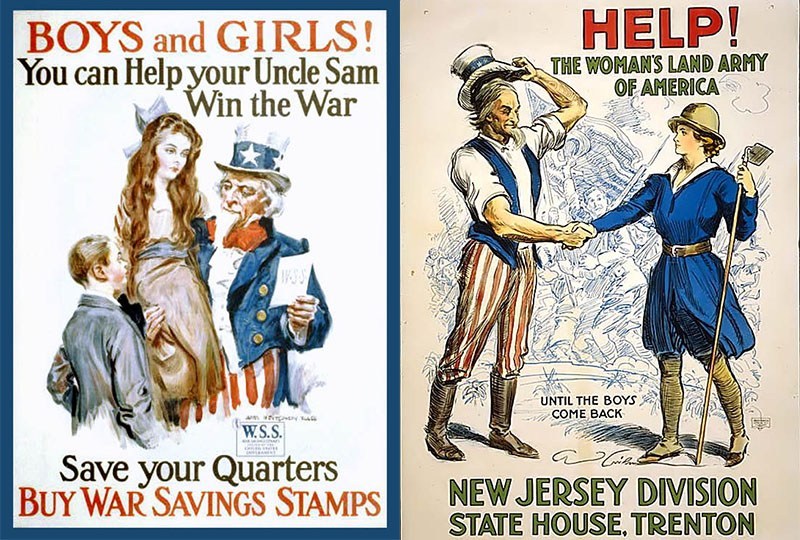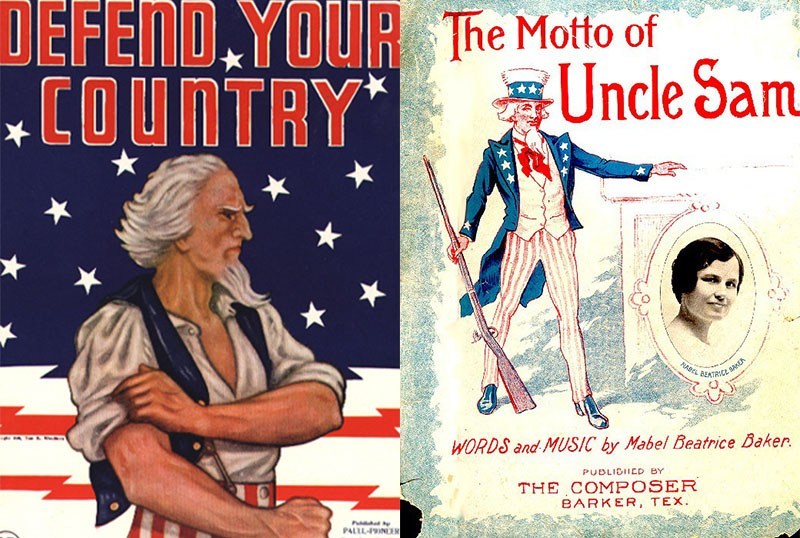America recently celebrated its Independence Day this year in the middle of a pandemic as well as heightened racial tension. July 4 celebrations were largely subdued (unless you count President Trump’s recreation of Triumph of the Will at Mt. Rushmore), with a vocal minority calling for a proclaiming: “That flag is a lie!” Absent were the huge crowds watching fireworks displays as well as the ubiquitous hometown parades featuring someone dressed up as Uncle Sam , a character that has been the US government’s mascot for decades and whose fictional birthday is July 4, 1776.
With less time out celebrating and more time to ponder a reality where independence day celebrations could receive a makeover moving forward, we wondered, could the “old, white man” Uncle Sam, too, be retired as an image used to represent the country? With protestors advocating the removal of statues of founding fathers like George Washington and other famous presidents like Abraham Lincoln because of “problematic” aspects of their lives, it seems only logical that Uncle Sam’s history as a symbol used to represent the United States during wartime could land him in the same position, even if he was not a real person – or was he?

Uncle Sam is a familiar character used for decades to represent the US government, in particular during wartime. Sam as we have come to know him has often been portrayed as a slender, older, white gentleman, resplendent in his red, white and blue tuxedo and matching top hat, with white, curly locks and a goatee, pointing his finger and telling you with a stern look in his eyes: I WANT YOU FOR THE U.S. ARMY.
Uncle Sam the character is said by historians to have been derived from Samuel Wilson, a meat packer who lived in Troy, New York. During the War of 1812, Wilson aided the US Army in their fight against the British by supplying rations of beef. Though the barrels bore a stamp that read “U.S.” for “United States,” someone joked that the initials actually stood for “Uncle Sam,” and soldiers allegedly began to refer to the rations as Uncle Sam’s. From there, the story was reported in newspapers and “Uncle Sam” began slowly catch on as a nickname for the United States.
Though Samuel Wilson died in 1854, Uncle Sam was often used as a character to represent the US government in political cartoons and the like, with his image changing and evolving over time. Sometimes he was drawn to look more like Benjamin Franklin and then more like Lincoln after his death in 1865. It was not until 1916 when James Montgomery Flagg created the now-iconic “What Are You Doing For Preparedness?” World War One recruitment poster that Americans first saw the Uncle Sam we know now. Flagg’s poster was modeled after an almost identical British army recruitment poster showing Lord Kitchener in the same pose. This particular rendering of Uncle Sam stuck and the image was used heavily again in US Army materials during World War Two.

Though some have questioned the validity of the claim that Samuel Wilson was Uncle Sam incarnate, the meat packer from Troy, New York was officially recognized by the US government in 1961 as the man behind Uncle Sam. Additionally, Wilson’s birthday, September 13, was designated “Uncle Sam Day” in 1989 via a Congressional joint resolution, and in Wilson’s birthplace of Arlington, Massachusetts, as well as his hometown of Troy, New York, one can find statues in his honor – for now.

